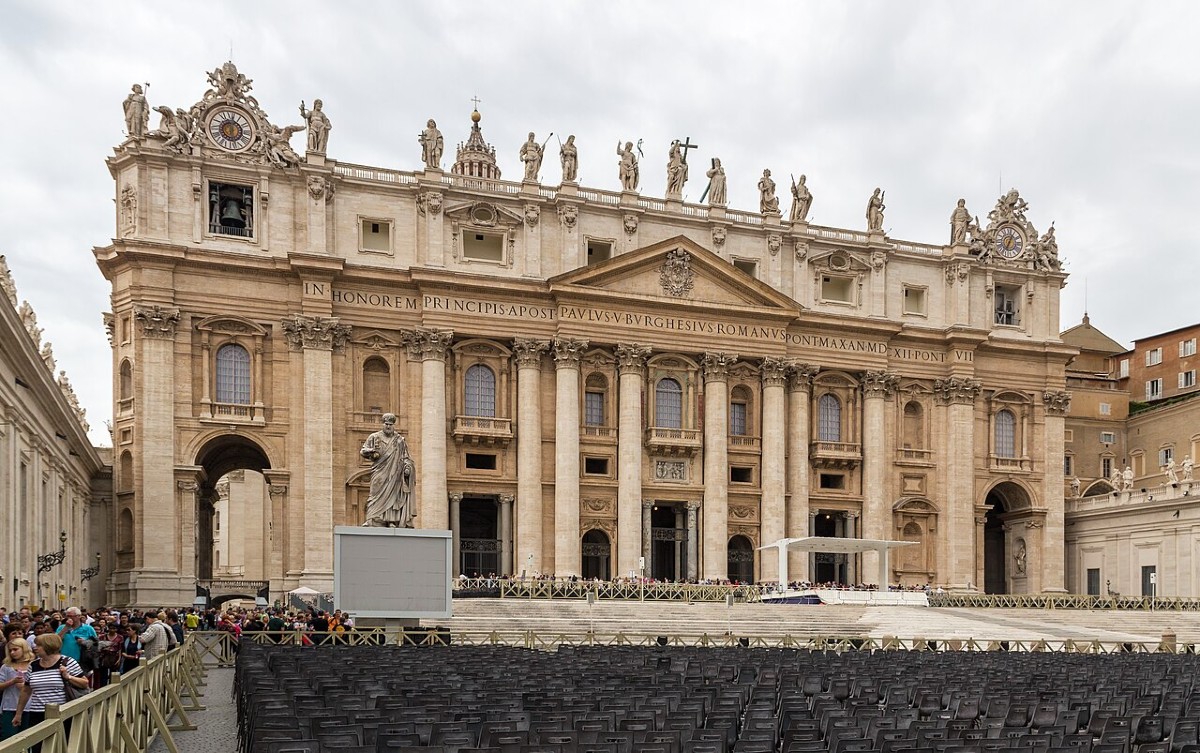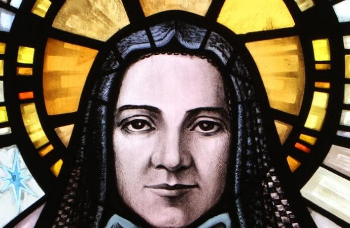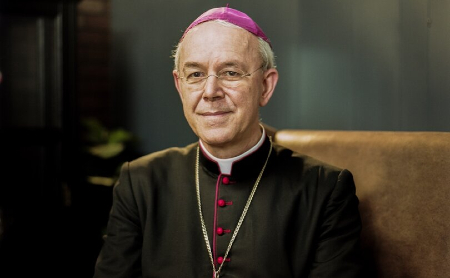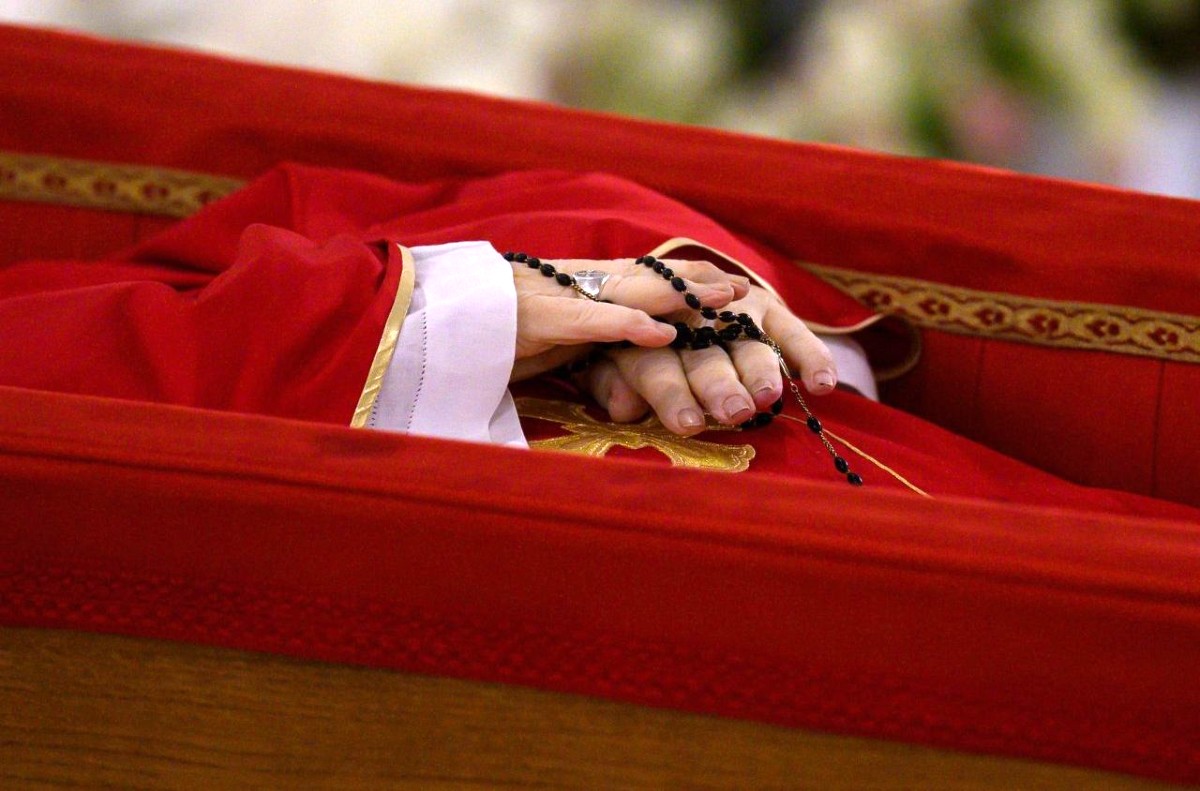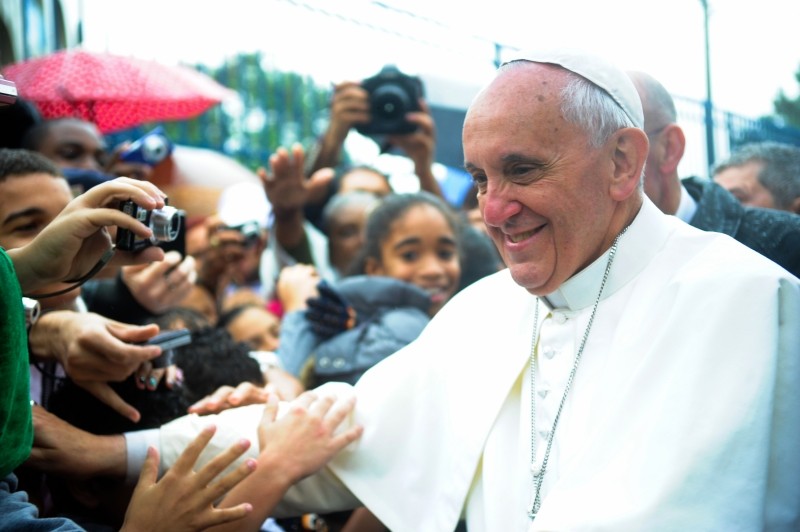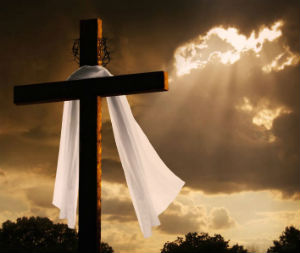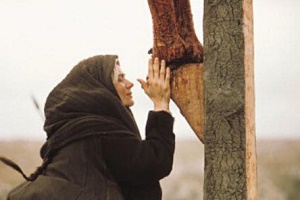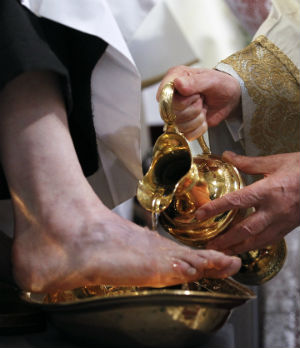News
FREE Catholic Classes
Latest News
News Sections
Entertainment Celebrity Movies & Theatre Music & Dance Television & Video Blog Business & Economics Green Health & Wellness Home & Family Living Faith Marriage & Family Home & Food International Africa Americas Asia & Pacific Europe Middle East Sunday Mass U.S. News Politics & Policy Christian Saints & Heroes Sports TechnologyMost Popular News
More Latest News
Join the Movement
When you sign up below, you don't just join an email list - you're joining an entire movement for Free world class Catholic education.
Information
Learn about Catholic world
Catholic Online
World's Catholic Library
Catholic Online Saints
Your saints explained
Catholic Online Prayers
Prayers for every need
Catholic Online Bible
Complete bible online
Catholic Online News
Your news Catholic eye
Daily Reading
Today's bible reading
Lent / Easter
Death & resurrection of Jesus
Advent / Christmas
Birth of Jesus
All of Catholic Online
All Catholic world we offer
Services
Products and services we offer
Catholic Online Shopping
Catholic medals, gifts & books
Catholic Online Email
Email with Catholic feel
Education
Learn the Catholic way
Catholic Online School
Free Catholic education for all
Student Classes
K-12 & Adult Education Classes
Support Free Education
Tax deductible support Free education
Socials
Connect with us online
Catholic Online on Facebook
Catholic social network
Catholic Online on Twitter
Catholic Tweets
Catholic Online on YouTube
Enjoy our videos
Catholic Online on Instagram
Shared Catholic moments
Catholic Online on Pinterest
Catholic ideas style inspiration
![]()
Copyright 2025 Catholic Online. All materials contained on this site, whether written, audible or visual are the exclusive property of Catholic Online and are protected under U.S. and International copyright laws, © Copyright 2025 Catholic Online. Any unauthorized use, without prior written consent of Catholic Online is strictly forbidden and prohibited.
Catholic Online is a Project of Your Catholic Voice Foundation, a Not-for-Profit Corporation. Your Catholic Voice Foundation has been granted a recognition of tax exemption under Section 501(c)(3) of the Internal Revenue Code. Federal Tax Identification Number: 81-0596847. Your gift is tax-deductible as allowed by law.




